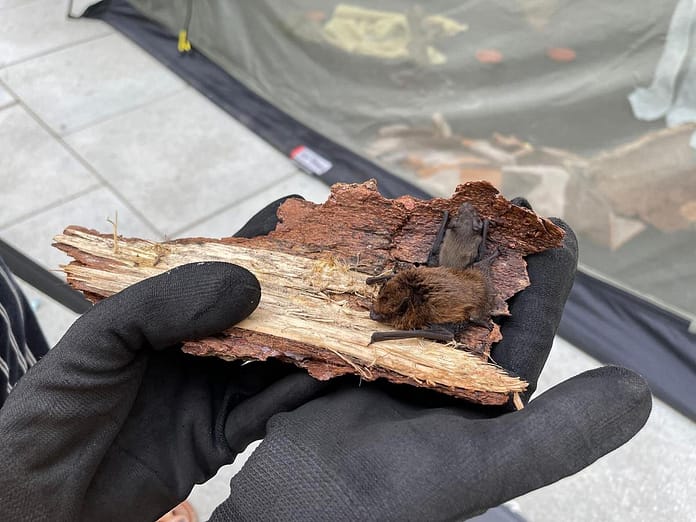published
With the torrential rains, the emergency care center at the Zurich Zoo has taken in several baby bats to treat before releasing them.
Zurich Zoo is sounding the alarm in favor of bats. “Because of the torrential rains in recent weeks, many young people were born at the wrong time,” she explains statement from the zoo. “Their mothers find little food to produce enough milk for their young. Therefore, many of them have to give it up.”
c“It is where the Stiftung Fledermausschutz (Bat Conservation Foundation) and Zürcher Tierschutz (Zurich Animal Protection) and thus Zurich Zoo come to their rescue, with their care station d“Emergency.
Three hundred animals a year
every year“A team from this center“Occupy 300 animals and handle more than 3000 calls to“24 hours a day receiving injured, orphaned, and exhausted bats, the center is now fuller than ever.
Under supervision“veterinarian and Dr“guardian“Animals, entrust the animals to qualified caregivers. After successful flight training, healthy animals can leave the station again and be released into the wild.
in the 19th canton
Since 1998, Zurich Zoo has supported the Bat Conservation Foundation, which coordinates the protection of bats in 19 cantons, with the support of the Federation. besides“Joint operation of the care station“In the event of an emergency on its territory, the Zurich Zoo also supports d“Other bat protection projects.
In cooperation with the enterprise, it is s“It is obligated, for example, to preserve the roosts known to the only active flying mammals, in church spiers, ancient roofs, or hollow trees. In addition, the foundation installs bat boxes in suitable places, in order to provide them with additional shelter.
harmful light pollution
This is because since the middle of the 20th century, the number of bats in Switzerland has decreased sharply. Their shelters are becoming increasingly scarce, due to the replenishment of granaries or the lack of old timber in the forest. In the flight paths between their lodges and their hunting grounds, they also suffer from light pollution,“Urban sprawl due to roads and noise pollution.
And in hunting grounds, insects, their favorite prey, are disappearing more and more, because of“Intensification“Agriculture, pesticides and“Drying wetlands.
Single males, colonial females
In Switzerland, bats constitute the richest group of mammals with thirty species. More than 1,400 species are described in the world. While the males in most species live singly, the females in the summer form the so-called l“Weekly roosts (colonies where young are raised), are called aBritish reach to“up to 1000 the animals, to me“Ocean.
Finally, in the winter, the Zurich Zoo winds up all the original bats into hibernation. In doing so, they significantly reduce energy metabolism. For example, by lowering the heart rate from 1,100 beats on the fly to a few dozen per minute. They can reach an age approaching 40 years.
Many wild animals can transmit diseases to“a leg. It“It works especially on swine flu, bird flu, MERS, SARS and Covid-19. Bats are considered a “reservoir” for a large number of virusesZurich Zoo explains, In his press release,. In fact, the researchers, working with the Bat Foundation, detected many different viruses in our original samples. However, SARS-CoV-2 n“None of them.
Usually the virus needs“An intermediate host and cannot be transferred directly from“Human bat. against“is also a case“A virus similar to SARS-CoV-2, which was discovered in a Chinese bat species. In principle, however, direct contact with bats should be avoided, as they can, like all land animals, transmit diseases.
(COMM / FTR)







